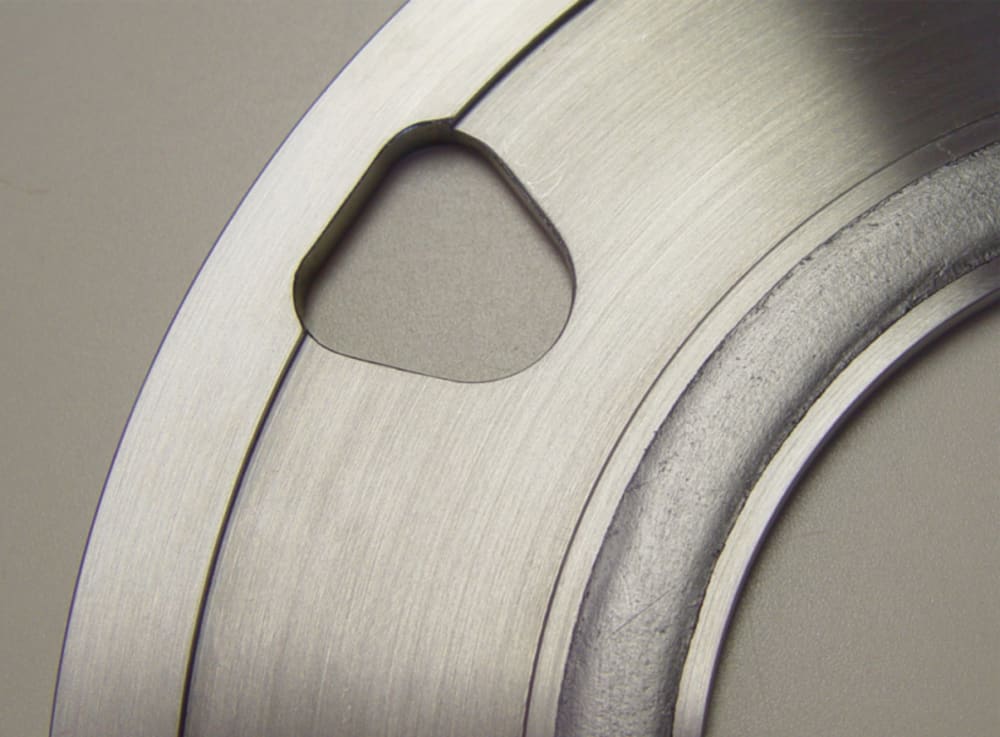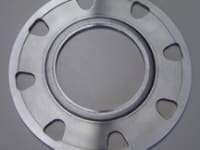Traditional pressure-boundary piping gaskets, such as pipe flanges and valve body-to-bonnet joints, can leak due to many factors. Chief among these are (i) improper initial gasket seating stress (GSS) sufficient to form a seal and (ii) failure to maintain the initial GSS in-service due to creep relaxation of the gasket sealing material over time.
GSS is a function of the design pressure for the system. To obtain the desired GSS, the required torque on the closure fasteners, fastener number and diameter, the 'nut' or 'K' factor pertaining to various factors including friction, are all taken into consideration. This produces an estimated initial tension in the fasteners referred to as fastener preload. With a known preload and gasket dimensions, the resultant GSS can be calculated. Unfortunately, this method provides only an indirect means of achieving the desired GSS based upon torque. There are a host of factors that can significantly affect the torque-preload relationship and thus the final GSS. If the initial preload is too low OR too high, the gasket is subject to leak.
Likewise, even when the initial GSS is within the correct range for the application, numerous factors - flange misalignment, flange surface finish, operating pressure and temperature, gasket material, etc. - determine the degree to which the gasket material will 'creep' or 'relax' in-service. Simply put, as the gasket material creeps in-service, gasket stress drops. If the gasket stress drops below the point where the seal is no longer maintained, leakage occurs.
The patented constant seating stress gasket (CSSG) consists of a metal carrier ring supporting compressible sealing elements in opposing channels on either side of the ring. The CSSG uses proprietary finite element analysis to predict the degree of flange rotation resulting from a desired fastener preload. Flanges 'rotate' or deflect about their axial centerline under load. Research shows that flange rotation can be predicted with accuracy. The CSSG design establishes a known pivot point and an external compression stop dimension based upon predicted rotation at a desired preload. When the flanges reach the compression stop, the desired fastener preload has been achieved. The stop serves as a visual compression indicator for the technician. Since the design eliminates factors that would normally contribute to torque-preload inaccuracy, the desired GSS is directly achieved.
Next, if both the sealing material's initial density and the channel dimensions are known, then GSS can be accurately predicted as the material is compressed into the channels during flange assembly. Because the compressed material reaches its maximum density on compression, and because it is fully contained, creep relaxation cannot occur, regardless of other factors.
In summary, if the novel design assures that the desired GSS is initially achieved regardless of assembly variables, and the design does not allow for creep to occur in-service, then the gasket cannot leak. Accordingly, calibrated tools and time-consuming, complicated flange-tightening procedures are no longer required. And, the carrier ring can be economically refurbished and reused. It is especially ideal where craft skill or tools are limited.
Like this entry?
-
About the Entrant
- Name:John Jenco
- Type of entry:individual
- Hardware used for this entry:CNC Vertical Turret LatheSoftware used for this entry:Solidworks Professional
- Patent status:patented





